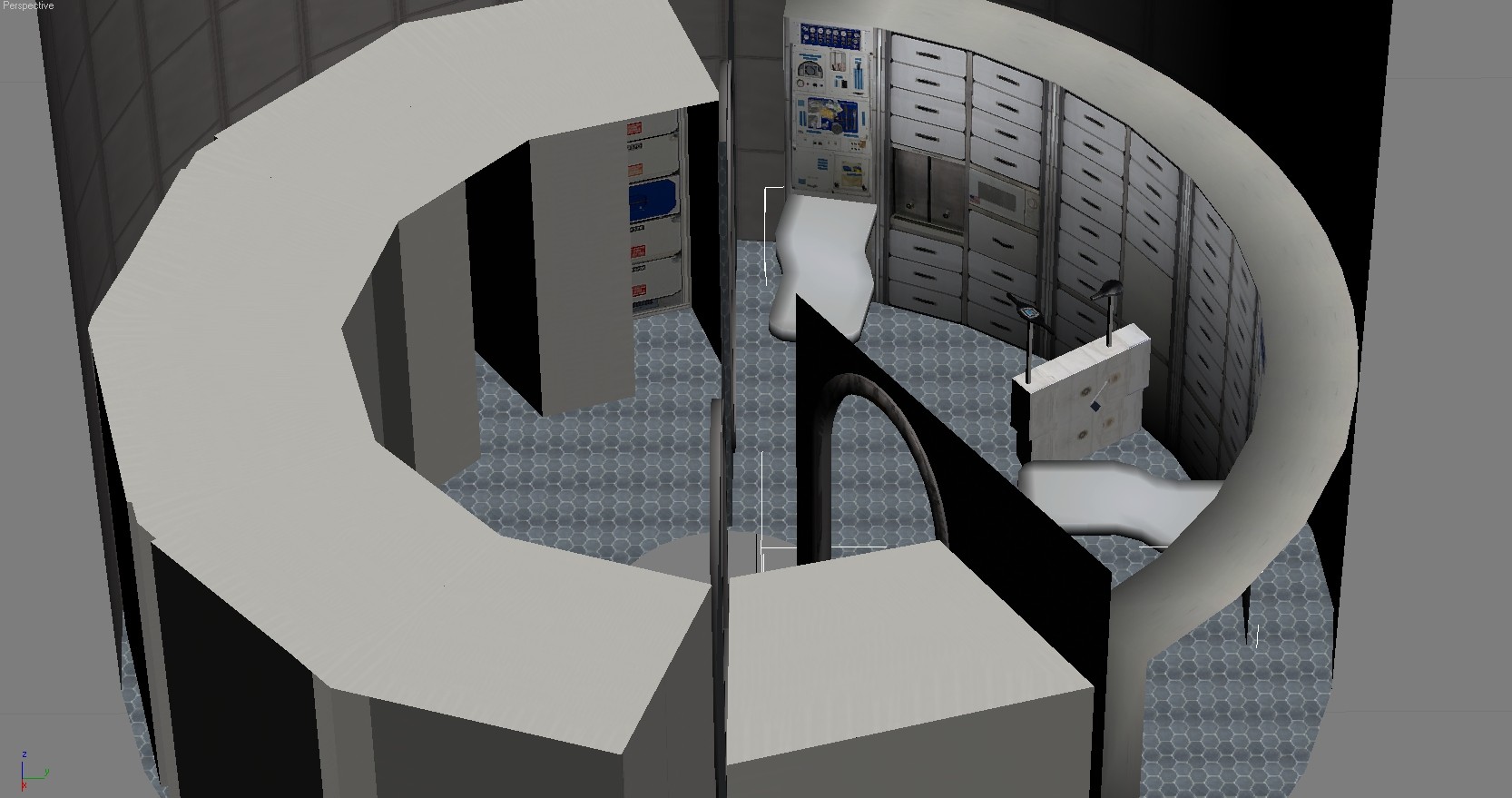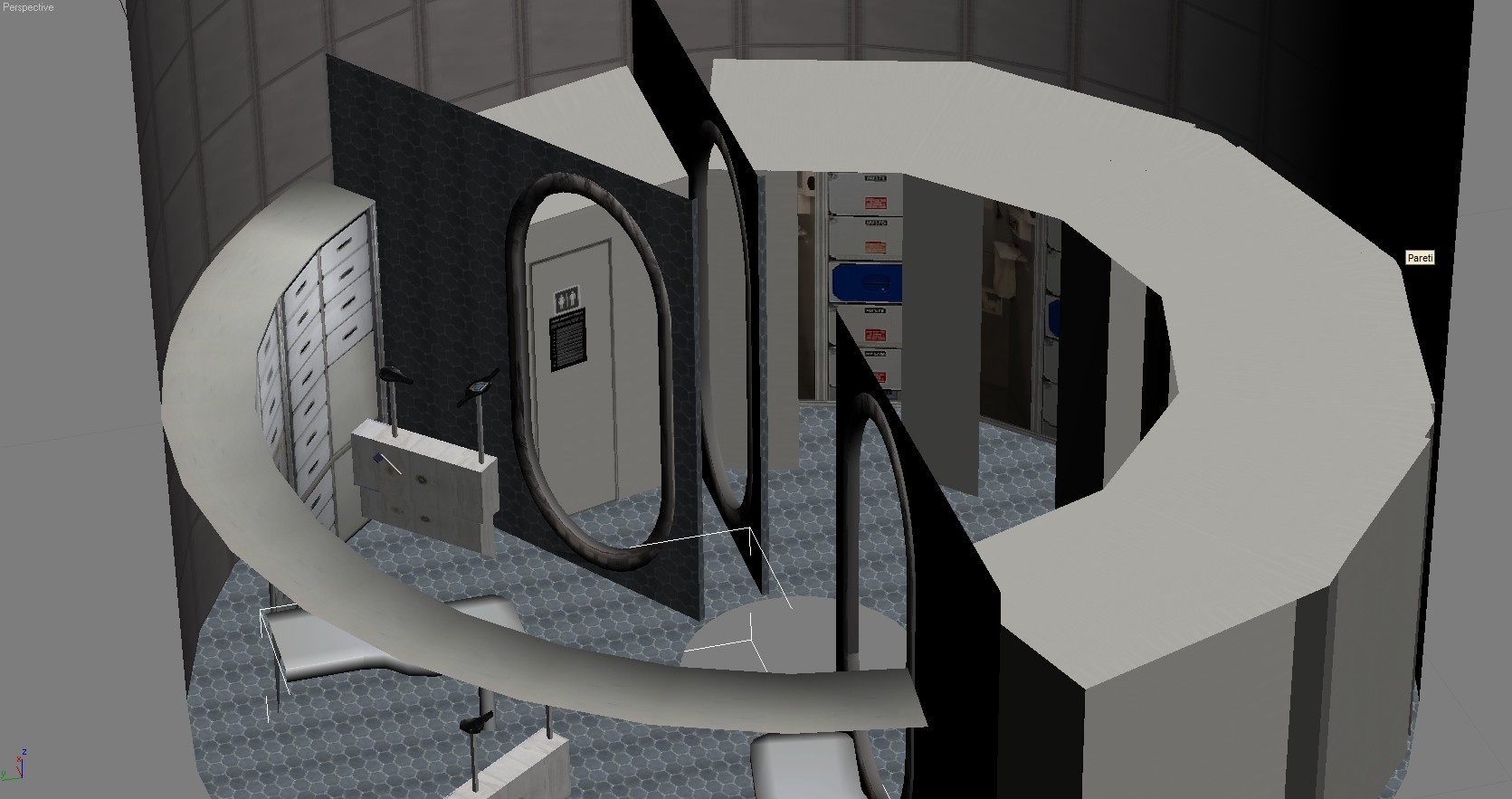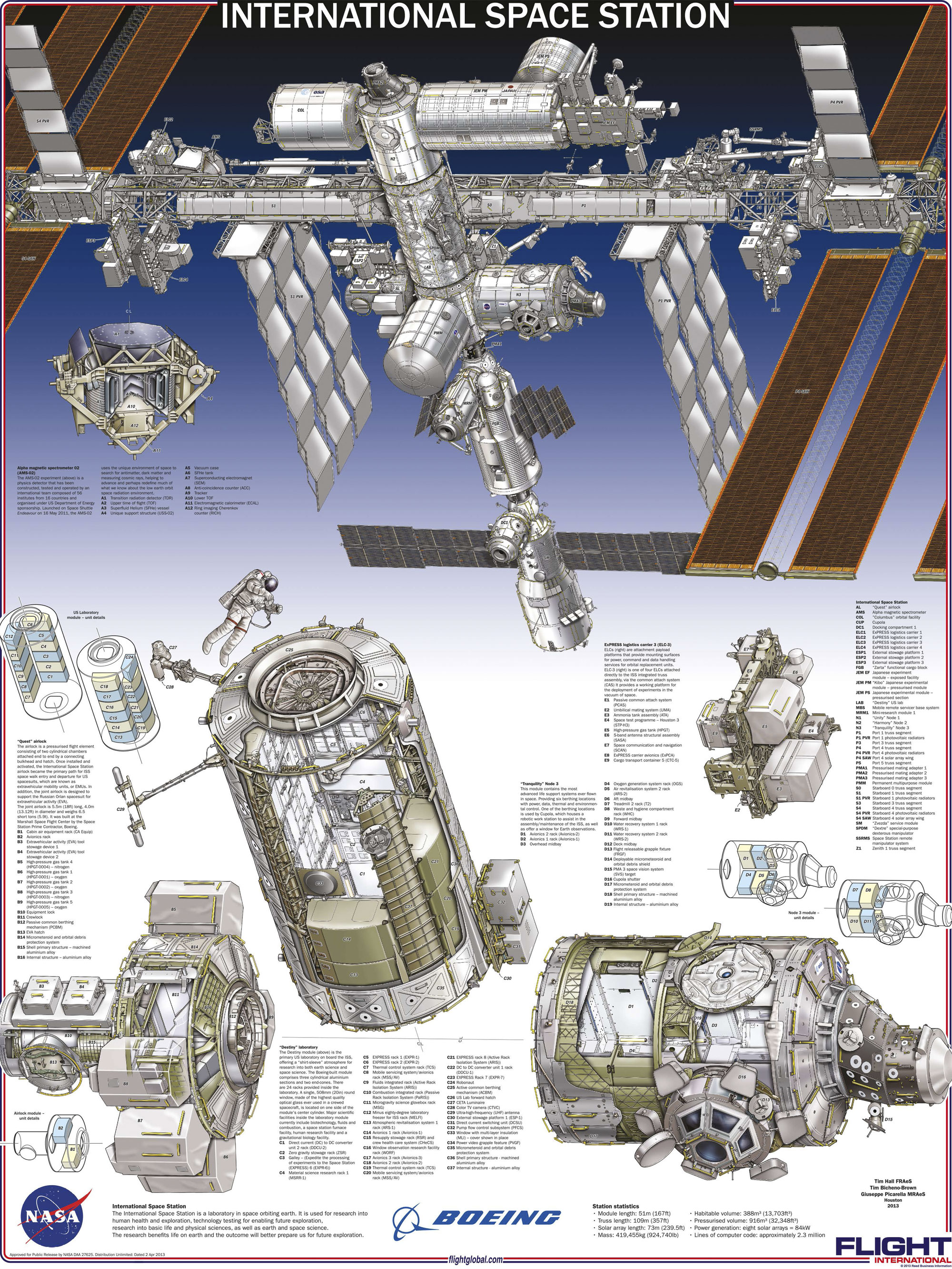K_Jameson
Active member
- Joined
- Dec 30, 2009
- Messages
- 1,064
- Reaction score
- 3
- Points
- 38
With the "Gaia" space station in indefinite hold, we have decided to undertake a faster approach to the problem of ensuring a permanent orbital outpost of Forum Orbiter Italia: the "Starlab" orbital workshop.
Starlab represents a radical departure from the modular, ISS-like approach that we have pursued on Gaia: instead of several small modules launched with medium rockets, we will launch the entire station in one shot, with a single Quasar 452 superheavy rocket, the largest and most capable of the FOI's inventory.
This old-style strategy was pursued with the Skylab station, that was in active service forty years ago. The two spacecrafts are linked by another aspect: like Skylab, the main body of the Starlab station is derived from a rocket stage, in this case the third stage of the Quasar 452 SHLV. The engines and the related thrust structures, fuel lines etc. was removed; the LOX and LH2 tanks was converted in living and work spaces, and some other custom compartments was added: a "shelter" module, heavily protected from radiations, conceived as sleep area, two "cupola" modules for external observaton, a node module, three docking ports and an airlock. All together, these modules offers a pressurized volume of about 725 cubic metres, or about 87% of the entire ISS volume, with an 8 meters-large main body, compared to the mere 4 meters offered by the ISS.
A non pressurized service module, equipped with a fuel reserve and engines for auto-reboost capability, and a science module (also non pressurized) with a 1.3 meters infrared telescope for Earth and planetary surveillance, completes the station layout.
The total weight of the station is in range of 160-170 tons; the station itself, with his monolithic layout, the large volume and the shelter compartment that provides a crew protection for prolonged times , can be considered as a "prototype" hab module for an Earth-Mars journey.
The station will be, for now, a Spacecraft 3 project, but will take full advantage from the utilize with the dll-built Antares or Eridanus spacecrafts, of which can be considered an "expansion". The station will have explorable ambients, carefully developed by the FOI member Vittorio (Robitaille_fan on Orbiter Forum), taking inspiration from the Skylab layout.
The launch of a single-shot big space station represents the realization of one of the two mission for which the Quasar super rocket was conceived; the other goal of that rocket is the launch of a big habitable lunar lander, that is the "Arcturus", still in slow development.
Starlab 1 with its multiple docking ports can anyway support further expansions: two Starlab stations linked together can support a crew of 10-12 with a pressurized volume 75% greater than the ISS, at the cost of only two launches instead of dozens.
Some images:
Texturized external (solar panels and radiators folded)


Some views of the inernals



Cutaway

General layout of the station, solar panels and radiators opened and Antares capsule attached

Hypotesis of two starlab linked together (the resulting pressurized volume would be 75% greater than ISS)

Comparison with Skylab in the same scale

Before and after: the Quasar third stage and the Starlab station

---------- Post added 12-08-14 at 09:09 AM ---------- Previous post was 12-07-14 at 11:58 AM ----------
No feedbacks? :hmm:
Starlab represents a radical departure from the modular, ISS-like approach that we have pursued on Gaia: instead of several small modules launched with medium rockets, we will launch the entire station in one shot, with a single Quasar 452 superheavy rocket, the largest and most capable of the FOI's inventory.
This old-style strategy was pursued with the Skylab station, that was in active service forty years ago. The two spacecrafts are linked by another aspect: like Skylab, the main body of the Starlab station is derived from a rocket stage, in this case the third stage of the Quasar 452 SHLV. The engines and the related thrust structures, fuel lines etc. was removed; the LOX and LH2 tanks was converted in living and work spaces, and some other custom compartments was added: a "shelter" module, heavily protected from radiations, conceived as sleep area, two "cupola" modules for external observaton, a node module, three docking ports and an airlock. All together, these modules offers a pressurized volume of about 725 cubic metres, or about 87% of the entire ISS volume, with an 8 meters-large main body, compared to the mere 4 meters offered by the ISS.
A non pressurized service module, equipped with a fuel reserve and engines for auto-reboost capability, and a science module (also non pressurized) with a 1.3 meters infrared telescope for Earth and planetary surveillance, completes the station layout.
The total weight of the station is in range of 160-170 tons; the station itself, with his monolithic layout, the large volume and the shelter compartment that provides a crew protection for prolonged times , can be considered as a "prototype" hab module for an Earth-Mars journey.
The station will be, for now, a Spacecraft 3 project, but will take full advantage from the utilize with the dll-built Antares or Eridanus spacecrafts, of which can be considered an "expansion". The station will have explorable ambients, carefully developed by the FOI member Vittorio (Robitaille_fan on Orbiter Forum), taking inspiration from the Skylab layout.
The launch of a single-shot big space station represents the realization of one of the two mission for which the Quasar super rocket was conceived; the other goal of that rocket is the launch of a big habitable lunar lander, that is the "Arcturus", still in slow development.
Starlab 1 with its multiple docking ports can anyway support further expansions: two Starlab stations linked together can support a crew of 10-12 with a pressurized volume 75% greater than the ISS, at the cost of only two launches instead of dozens.
Some images:
Texturized external (solar panels and radiators folded)


Some views of the inernals



Cutaway

General layout of the station, solar panels and radiators opened and Antares capsule attached

Hypotesis of two starlab linked together (the resulting pressurized volume would be 75% greater than ISS)

Comparison with Skylab in the same scale

Before and after: the Quasar third stage and the Starlab station

---------- Post added 12-08-14 at 09:09 AM ---------- Previous post was 12-07-14 at 11:58 AM ----------
No feedbacks? :hmm:







